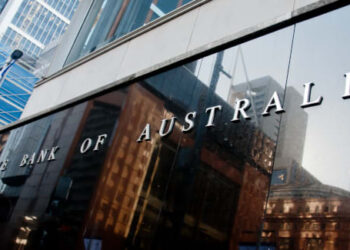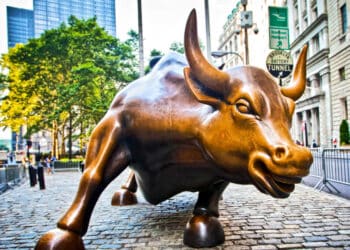While founder-led businesses have demonstrated a strong track record of outperformance, there is more to this investment approach than merely picking a group of such companies and hoping for the best, according to Michael Bell, chief investment officer at Solaris Investment Management.
Particularly, investors need to discern the key attributes, and key risks, when it comes to identifying well-managed founder-led businesses, he suggested.
Speaking at the 2024 Pinnacle Investment Summit recently, Bell highlighted Solaris’ analysis of the performance of the top 12 founder-led companies in Australia compared with the ASX 200 between 2019 and 2024.
It revealed founder-led companies were up more than 400 per cent over this five-year period, compared with 65 per cent from the broader market in the same time period.
“There’s just something about founder-led companies that leads them to outperform,” Bell said, identifying six key attributes contributing to this trend.
Namely, these are decisiveness, capital allocation, alignment, deep industry knowledge, culture, vision and passion at founder-led businesses.
“These founder-led companies typically have low bureaucracy in them, they’re able to make decisions quickly, and there isn’t a lot of hurdles,” he said, pointing to the example of Goodman Group and its successful pivot into data centres.
Similarly, given the longer tenures of founders at the helm of businesses, compared with the average chief executive, businesses benefit from good long-term capital decisions, he said.
“The average CEO, I’ve been told, has a tenure of about five years in Australia, [it’s] not a long time to make long-term capital decisions, yet founders are typically around for 10–20 years, so they make good, long-term capital decisions that are generally successful,” Bell said.
He also noted founders typically have a large amount of their wealth tied up in these companies, leading to increased alignment with the business, helping them develop a strong vision, team and performance culture.
Previous analysis from Milford Asset Management has also found a “consistent theme” of outperformance among founder-led, family-linked, or employee-owned businesses.
In a market note in June, Michael Higgins, portfolio manager of the Milford Small Companies Fund, pointed to a considerable 31.7 per cent per annum outperformance from founder-led, family-linked, or employee-owned businesses held in the fund.
“Back in August 2021, we first analysed the performance of these businesses against the broader market index. The results were stunning,” he said.
“The founder-led portfolio returned 41 per cent per annum over three years against the S&P/ASX Small Ordinaries index return of 9.2 per cent per annum.”
Revisiting the results in 2024, with around a third of the portfolio now invested in these businesses, Higgins said the data “confirmed why we love founder-led companies”.
“The three-year performance of the founder-led portfolio to April 2024 (23 companies) was 24.9 per cent per annum against the S&P/ASX Small Ordinaries index return of 2.7 per cent per annum, an outperformance of 22.2 per cent per annum,” he said.
Like Bell, he identified a number of key differentiators that support founder-led businesses compared with their competitors, namely a long-term mindset, skin in the game, and emotional investment.
Unpacking red flags
However, while investor interest grows around founder-led businesses, Bell noted there can be a number of risks involved.
In particular, he reiterated the importance of scratching the surface to uncover any “red flags”.
“There are red flags that you need to identify when you’re looking at founder-led companies [and] the only way to identify these red flags is if you do active investing, that’s critical,” he said.
The first red flag, Bell said, is when a founder chooses to sell, thereby reducing the alignment of the business and with shareholders.
“Sometimes there is a reason for them selling – it might be a divorce – but generally, when you sell, you’re reducing alignment and we don’t like to see that,” Bell said.
Additionally, he observed governance issues could also warrant a second look.
“With any of these founder-led companies, you want to make sure that [they’ve] got a strong management team and a strong board keeping the founder accountable,” he said.
Finally, Bell pinpointed how management churn among these businesses could prove concerning.
“What we don’t like to see is management churn, or large management churn, in these companies. A live example is Fortescue, they’ve had three CEOs in the last two years. That’s too much churn for us,” he said.







